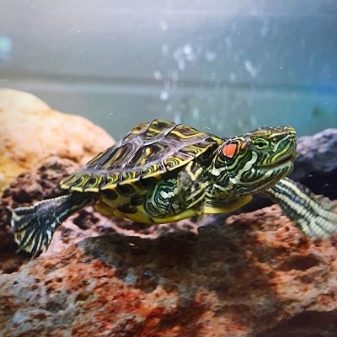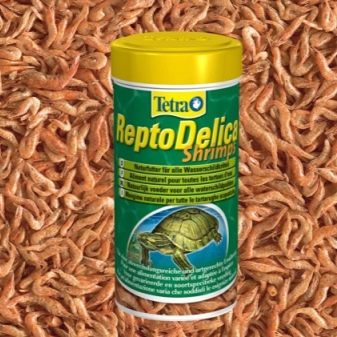How long do red-eared turtles live?
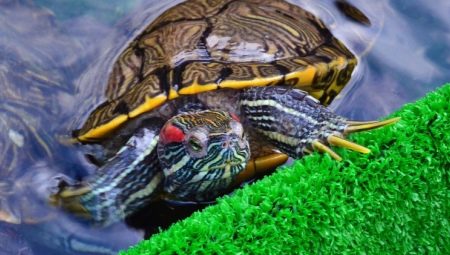
Lovers of exoticism often have a terrarium in their apartment with an unusual animal, for example, a red-eared turtle. Unfortunately, not all owners are ready to take responsibility for keeping this animal, and this can lead to the death of the animal. Let's try to figure out if it is possible to extend the life of a turtle at home.
How long do red-eared turtles live in nature?
The life span of this animal in its natural habitat can reach 100 years. In nature, the turtle lives in a fresh reservoir with warm water and a weak current. The main diet of babies is snails, insects, plants. Adults mainly feed on fish.
Despite such a long life span, even with good health due to natural conditions, in fact, most redheads do not live up to half of the allotted time... And this is due to the large number of predators that hunt turtles in nature. These are, for example, foxes, jaguars, birds of prey.
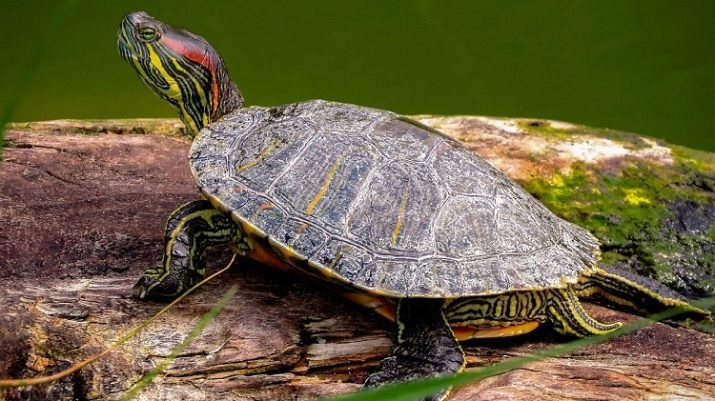
Average life expectancy in captivity
In a home terrarium, under ideal conditions, a red-eared turtle can live up to 50 years. When kept in a zoo - 30-35 years. But even these numbers will be an exception to the rule. And the thing is that most owners are not ready to provide their pet with suitable conditions. It is high time for such lovers of exoticism to remember that an animal is not a decor, not furniture, not an object for decorating a room and not a reason to demonstrate a curiosity to guests.An animal is a living creature that, like its owner, wants to be healthy, live in comfortable conditions, eat tasty and healthy food, and live a long time. To create suitable conditions for a turtle, you will have to spend money, and our lover of outlandish animals, as a rule, is not ready for this. In this regard, most turtles in home terrariums do not live up to 5 years.
Another problem is the so-called sellers of these creatures. In the south, you can often find a trader of such a turtle, who claims that this baby 2 cm in size will never grow again and that she has a small enough basin to keep. Gullible tourists buy these decorative creatures, and after a couple of years they realize that even a large basin is not enough for a turtle, because already at the age of three the size of its shell is up to 15 cm, and in general, the length of the shell of an adult female can reach 30 cm. what is left for a tourist who once sees a monster with claws and gluttonous jaws instead of a nimble baby? That's how lucky you are. Someone is placed in good hands, someone is sent to live in the nearest pond, where the sewage system flows, and someone is simply sent to freedom, to the nearest courtyard. And then the turtle's life ends in the coming days or months.
The luckiest individuals are those that a decent tourist decides on the next vacation to return to where he brought them from and release them into a clean fresh water body.
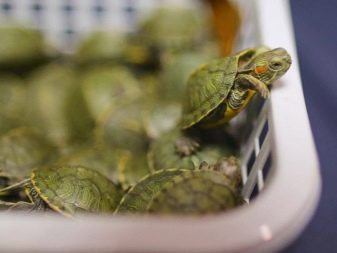
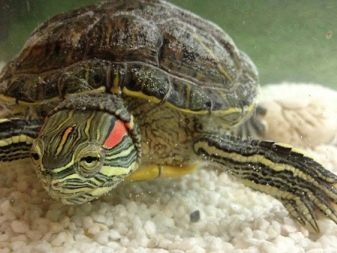
Can a turtle live without water?
This is still a water turtle that spends most of its life in the water. In its natural environment, she gets out on the shore to bask in the sun: it is vital to her for the correct formation of the shell. In an artificial terrarium, if it is properly equipped, there is usually a raft or bank where the pet crawls out to expose the shell to the rays of an incandescent lamp and an ultraviolet lamp.
All other activities (food, sleep, relieving) this reptile does in the water. The turtle itself chooses where it is more comfortable for it to be at the moment, but it is definitely impossible to release it on land for a long time. This is especially dangerous for young turtles, without water they may even die. An adult can live without water for up to 72 hours.
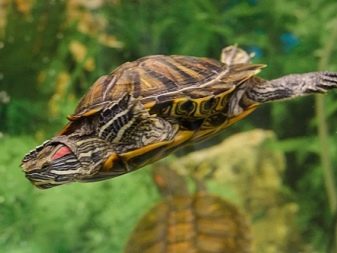
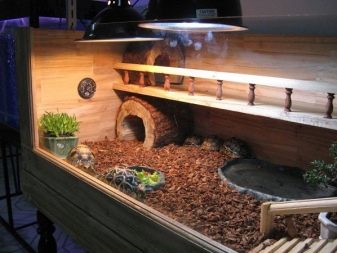
What can affect the lifespan of an animal?
Most often, red-eyed ones die during apartment maintenance in the following cases.
- Failure to comply with the conditions. Keeping in a shallow aquarium, irregular water purification, inappropriate water temperature, lack of access to land - all this leads to a reduction in the life of the pet.
- Diseases. Without the ability to go ashore and in the absence of ultraviolet light, the turtle is threatened with rickets. If she is exposed to sudden changes in temperature (for example, pulled out onto a cold floor), then she can catch a cold. Improper cultivation of aquarium plants and poor quality live food lead to infections.
- Unfair feeding. The turtle's diet should include fish, veal liver, vitamins. She cannot be fed her whole life with one gammarus or treated to fatty pork as a dessert: all this leads to serious health problems.
- Irresponsible attitude of the owner. Many domestic turtles, especially small ones, have become victims of childish pranks or the object of hunting for a domestic cat. Another fun of irresponsible owners is to let the animal run around the house without control. In this case, the animal may end up being crushed in the door jamb or simply accidentally fall under the slippers of its owner.
As you can see, the life of a red-eared turtle in captivity in one way or another depends on its owner. And this means that if you are not ready to spend money, effort and time on creating and maintaining conditions comfortable for a reptile, then refuse to purchase it.
